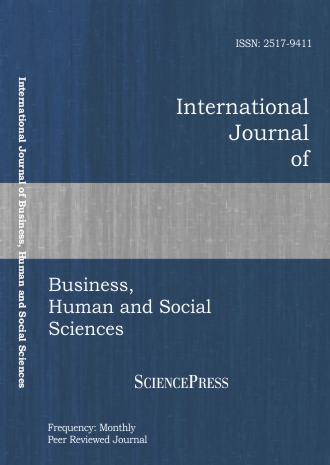
Scholarly
Volume:6, Issue: 12, 2012 Page No: 3495 - 3498
International Journal of Business, Human and Social Sciences
ISSN: 2517-9411
1225 Downloads
Leisure and Perceived Wellness of Nursing Students: A Canonical Correlation Analysis
The purpose of this study was to explore the correlation between leisure participation and perceived wellness, with the students of a nursing college in southern Taiwan as the subjects. One thousand six hundred and ninety-six (1,696) surveys were sent, and 1,408 surveys were received for an 83.02% valid response rate. Using canonical correlation analysis to analyze the data, the results showed that the linear combination of the two sets of variable produces five significant canonical variates. Out of the five canonical variates, only the first has sufficient explanatory power. The canonical correlation coefficient of first canonical variate is 0.660. This indicated that leisure participation and perceived wellness are significantly correlated.
Authors:
Keywords:
References:
[1] Yeh, Y. H. (2008). Investigation of the relationship between source of